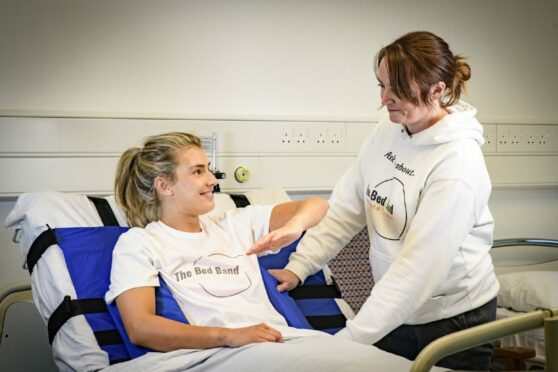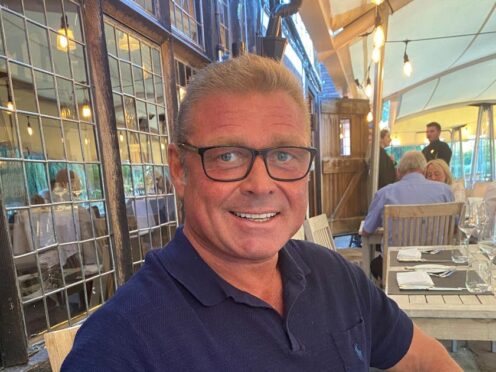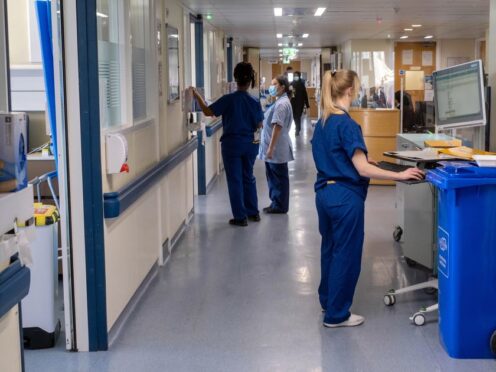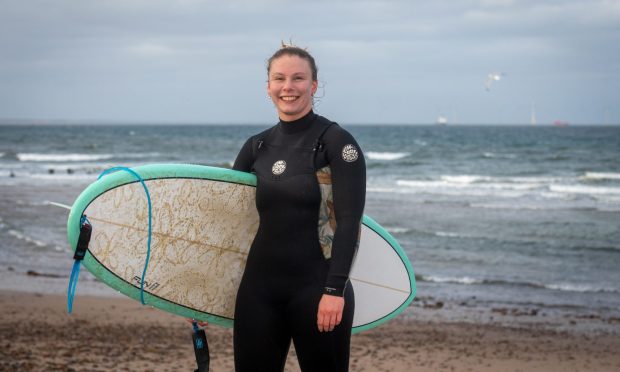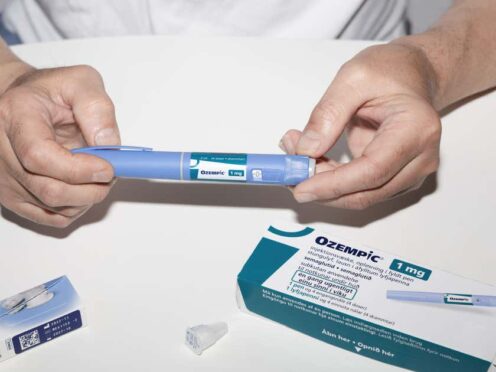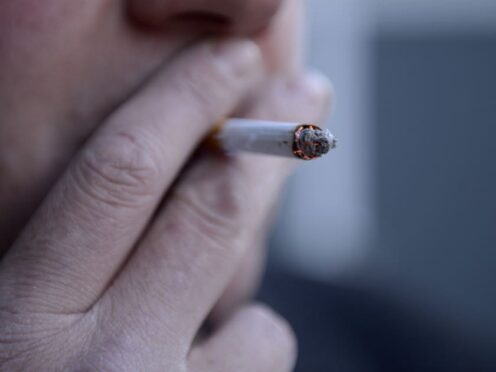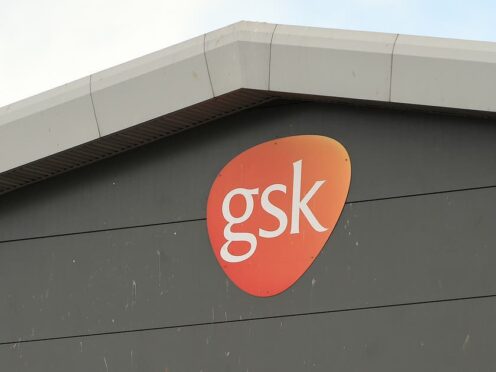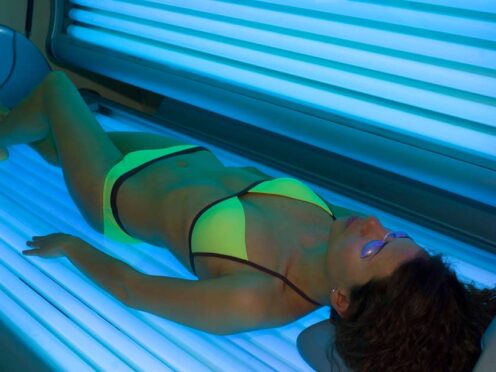A night of tossing and turning, waking up tangled up in the sheets and still feeling tired – sound familiar? How to get a good night’s sleep is a formula that eludes many – especially if you are suffering from mobility issues.
-
Some Press and Journal online content is funded by outside parties. The revenue from this helps to sustain our independent news gathering. You will always know if you are reading paid-for material as it will be clearly labelled as “Partnership” on the site and on social media channels.
This can take two different forms.
“Presented by”
This means the content has been paid for and produced by the named advertiser.
“In partnership with”
This means the content has been paid for and approved by the named advertiser but written and edited by our own commercial content team.
We are often told that a magical 6 – 8 hours is all we need to wake up in the morning feeling refreshed. But what if the perfect night’s sleep is determined by more than number of hours slept? What if you could volunteer to help people in hospital beds or with mobility issues achieve the perfect night’s sleep?
Sleep habits: how to get the perfect night’s sleep
Create a bedtime routine that cultivates calm
When settling down for bed, it’s good to stick to a routine that is conducive to a good night’s sleep. Waking up and going to sleep at the same time every day helps regulate your body’s internal clock. Regular daytime exercise also helps induce natural tiredness at the end of the day.
Healthier daytime habits
Healthier daytime habits can help regulate your body’s clock and naturally induce sleepiness at bedtime. Regular exercise, eating healthy, and exposure to sunlight have all been deemed important when experts have researched how to get the perfect night’s sleep.
Avoid stimulants
It is important to avoid screens and blue light for at least an hour before you go to bed. Put down the coffee and put out that last cigarette – stimulants must absolutely be avoided if you are seeking the perfect night’s sleep.
Sleep in a bed scientifically crafted for a perfect night’s sleep
Temperature, light, a cosy space – all these conditions make a difference, of course, but perhaps the most important factor in your sleep hygiene is the mattress and bed itself. Whether it’s too soft, or too hard or too lumpy – it’s important that each night your bed feels just right. For people with mobility issues, this was a problem that was seemingly unsolvable – until now.
The Bed Band helps people in hospital style beds or with mobility issues
Has the code finally been cracked in developing the ideal bed for a perfect night’s sleep?
Roma Gibb, a student nurse from Evanton, is currently embarking on a scientific journey to discover how to get the perfect night’s sleep, especially for people with mobility issues.
Roma saw her service users growing increasingly anxious and frustrated with their inability to get a perfect night’s sleep while in a hospital bed. She was sure that there had to be a better solution than aimlessly manoeuvring stubborn pillows for her mobility-limited patients. And so, she invented the Bed Band, an attachment to beds that helps to facilitate sleep and comfort.
Roma said: “I recognised there was a problem that was affecting people with a range of conditions.
“For such a prevalent issue, there was a poor solution which was just piling up pillows.
“Over time, more and more pillows were being used. Patients were getting anxious and we were feeling we weren’t doing a good enough job as we weren’t getting them comfortable.
“I just felt it could be done much better.
“I’m so proud of how far we’ve come in three years. But the amount of support I’ve received has been outstanding.”
Indeed, Roma’s work has received significant positive feedback. Her recent study, called BEACON, was recently awarded £41,000 for its research. This follows funding of over £30,000 through the Inverness and Highland City-Region Deal health and life sciences innovation fund. Furthermore, Roma was also recently named as runner-up in the Converge Kickstart Challenge where she received a further £7,500 to help develop her product. Feedback so far has been overwhelmingly positive, and Roma hopes that the Bed Band will be eventually used by the NHS and health care providers abroad.
Volunteer to trial the Bed Band
Currently, Roma and her team of healthcare professionals and researchers are seeking 30-40 people to take part in their research project, funded by innovation agency Innovate UK.
Volunteers are needed for the 4-6 weeks trial. To participate, you need to be over 18 and struggle with staying comfortable in a hospital or adjustable bed.
The Bed Band, which is expected to cost about £100, is fixed to a hospital bed or similar bed by a base unit.
The patient then lies on the base which has two foam triangular-shaped wedges fixed by Velcro on either side of the torso, enabling support while allowing free arm movement.
Sounds easy enough? Then help the scientific journey to discover how to get the perfect night’s sleep and sign up to volunteer with Roma and the Bed Band today. With your help, scientists can help people with mobility issues and discover how to get the perfect night’s sleep.
Learn more about the Bed Band and how you can help today. To sign up as a volunteer, you can get in touch with Roma’s team at 07947 690301 or email info@personcentredsolutionsltd.com. Follow along on the latest developments on social media so you don’t miss a thing.
